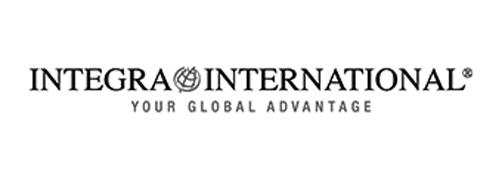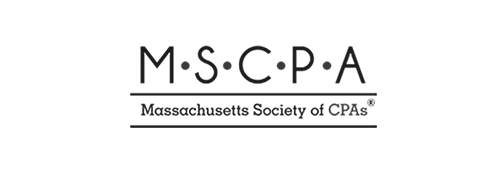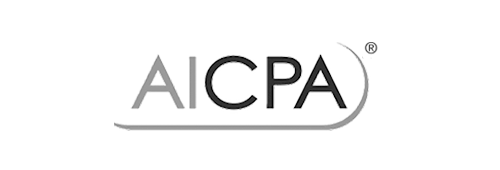Navigating the SECURE Act 2.0: Critical Changes for Your Retirement Future
The retirement landscape is undergoing significant transformation with the implementation of the SECURE Act 2.0, bringing several critical changes that will impact retirement plans beginning in 2025. Understanding these changes is essential for both plan sponsors and participants who want to maximize their retirement savings and ensure compliance with new regulations.
The first major change coming in January 2025 is mandatory automatic enrollment and escalation for newly eligible employees. This provision requires plan sponsors to automatically enroll eligible employees into retirement plans at a default rate between 3% and 10% of their salary if they haven’t made their own deferral elections or opted out. Additionally, these contribution rates must automatically increase by 1% annually until reaching between 10% and 15%, as determined by the employer’s plan document. This significant shift aims to boost plan participation rates, though certain exceptions exist for plans established before December 2022, businesses with fewer than 10 employees, religious or governmental organizations, and companies less than three years old.
Super catch-up contributions represent another substantial change for individuals approaching retirement. Participants aged 60-63 (by December 31st of the calendar year) will be eligible to make enhanced contributions, with limits set at either $10,000 or 150% of the standard catch-up IRS limit (currently $7,500 for 2025), whichever is greater. This effectively allows eligible participants to make an additional $3,750 in catch-up contributions compared to the standard $7,500 limit, providing a valuable opportunity to accelerate retirement savings during crucial pre-retirement years.
The eligibility requirements for long-term part-time employees are also changing, with the consecutive years of service requirement dropping from three to two years for those working at least 500 hours annually. This modification will significantly expand retirement plan access for part-time workers, though it’s important to note this change doesn’t impact union or defined benefit plans. Additionally, starting December 30, 2025, participants will be able to take distributions for qualifying long-term care expenses without triggering the early 10% withdrawal penalty, provided the expenses are for policies offering high-quality coverage.
Perhaps one of the most impactful changes for high-income earners is the mandate regarding Roth catch-up contributions. Beginning January 1, 2026, highly compensated employees earning over $145,000 annually must make all catch-up contributions on a Roth basis. This means if a plan doesn’t currently offer Roth contribution options, sponsors should consider amending their plans to include them; otherwise, their highly compensated employees will be unable to make any catch-up contributions whatsoever. This significant change underscores the importance of proactive plan document updates.
Cybersecurity has also emerged as a critical consideration for retirement plans in our increasingly digital world. With most plan activities now conducted online—from selecting deferral amounts to requesting loans or distributions—protecting participants’ personal and financial information is paramount. The Department of Labor’s recent Compliance Assistance Release (2024-01) provides clarification on cybersecurity guidance originally issued in 2021, emphasizing that all ERISA plans, including health and welfare plans, must implement robust cybersecurity measures. Plan sponsors should carefully evaluate service providers’ cybersecurity protocols, review existing agreements, and implement internal best practices including risk assessment, employee education, and incident response procedures.





